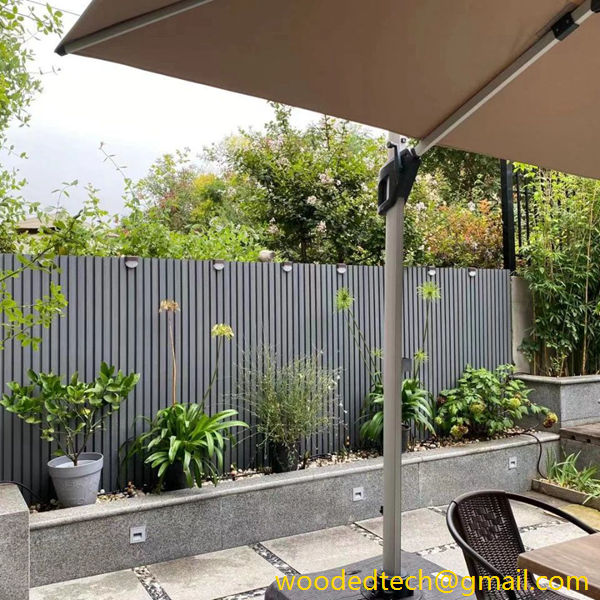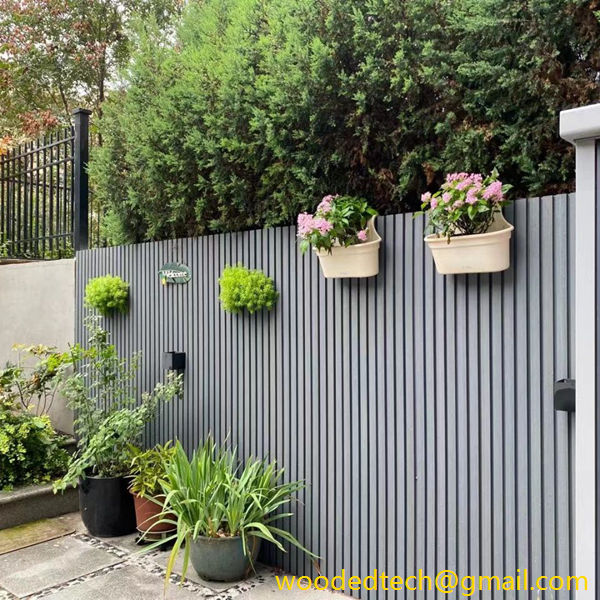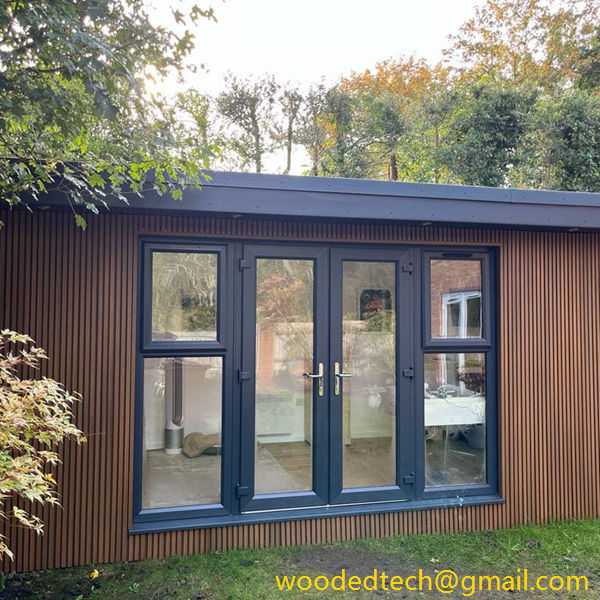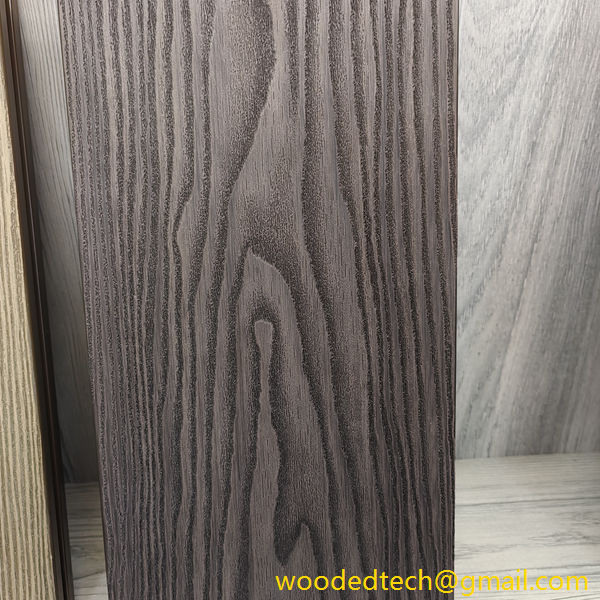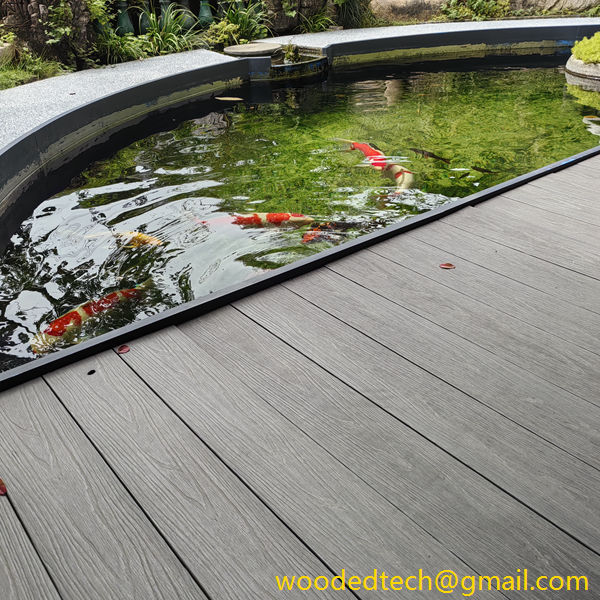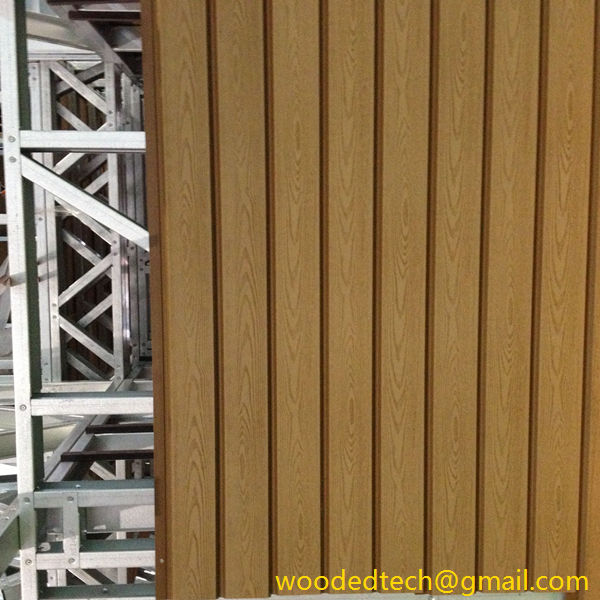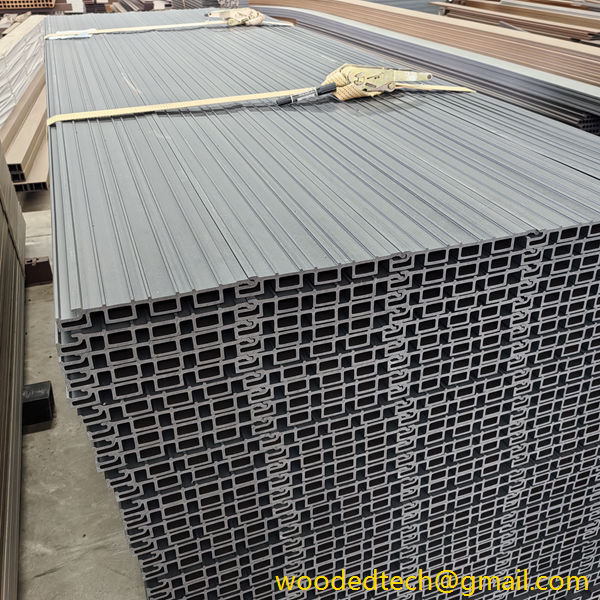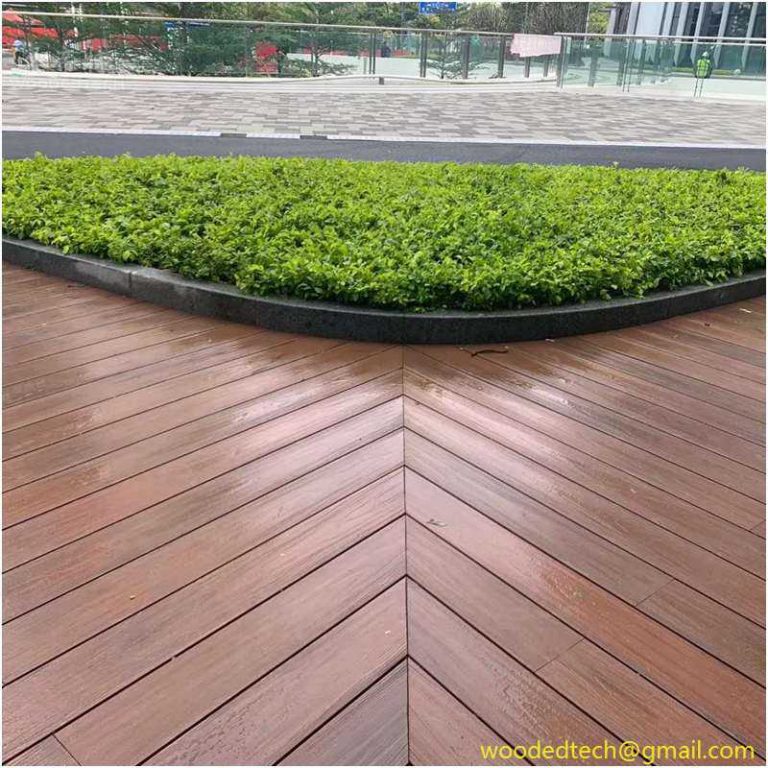What is the WPC Wall Panel Full Form and Its Uses
What is the WPC Wall Panel Full Form and Its Uses WPC stands for Wood Plastic Composite, and WPC wall panels are a modern building material that combines the best properties of wood and plastic. The composite is made from a blend of wood fibers and thermoplastic materials, creating a versatile and durable product suitable…
What is the WPC Wall Panel Full Form and Its Uses
WPC stands for Wood Plastic Composite, and WPC wall panels are a modern building material that combines the best properties of wood and plastic. The composite is made from a blend of wood fibers and thermoplastic materials, creating a versatile and durable product suitable for various applications. The use of WPC wall panels has gained popularity in both residential and commercial construction due to their aesthetic appeal, durability, and ease of maintenance.
One of the primary advantages of WPC wall panels is their customizable nature. Homeowners and builders can choose from a wide range of colors, textures, and finishes to match the desired aesthetic of their spaces. This flexibility allows for creative design possibilities, enabling the incorporation of WPC panels in diverse architectural styles, from contemporary to rustic. The materials can be manufactured to mimic the appearance of natural wood, giving spaces a warm and inviting look without the drawbacks associated with traditional wood.
WPC wall panels are commonly used in exterior applications as well as interior spaces. In exterior applications, they serve as cladding, adding an attractive finish to the exterior of buildings while providing protection against the elements. WPC panels are resistant to moisture, making them an excellent choice for areas prone to humidity and rainfall. Unlike traditional wood, which can warp, rot, or become infested with pests, WPC panels maintain their structural integrity over time.
In addition to their use as exterior cladding, WPC wall panels are also ideal for interior applications. They can be installed as accent walls, providing a stylish way to enhance the visual appeal of living spaces, offices, and commercial establishments. The panels can be used in various settings, including living rooms, bedrooms, restaurants, and retail shops, allowing for a seamless integration of design and functionality.
Another significant benefit of WPC wall panels is their ease of installation. The lightweight nature of the panels makes them easier to handle compared to traditional materials. Additionally, WPC panels can be cut and shaped using standard woodworking tools, providing flexibility during installation. Many manufacturers offer interlocking designs, which simplify the installation process even further, reducing labor time and associated costs.
WPC wall panels are also known for their low maintenance requirements. Unlike traditional wood panels that require regular sealing, painting, or staining to maintain their appearance, WPC panels are more resistant to fading, discoloration, and wear. Cleaning is as simple as wiping down the surface with a damp cloth, making them an appealing choice for busy homeowners and commercial property managers alike.
The eco-friendly aspect of WPC wall panels is another factor contributing to their popularity. The use of recycled wood fibers and plastic materials in their production means that they can be considered a sustainable building option. Additionally, WPC panels do not require the use of harmful chemicals or preservatives that are often necessary for traditional wood treatments. As more consumers seek environmentally friendly choices in their building materials, WPC panels provide a suitable alternative that aligns with these values.
In terms of thermal insulation, WPC wall panels offer good energy efficiency. The composite material provides a degree of thermal resistance, helping to regulate indoor temperatures. This characteristic can lead to reduced energy costs for heating and cooling, contributing to a more sustainable building design.
Moreover, WPC panels provide sound insulation benefits. The density and structure of the composite material can help reduce noise transmission between rooms or from outside sources, creating a more comfortable living or working environment. This feature is particularly valuable in urban settings or noisy commercial spaces where acoustic comfort is essential.
In summary, WPC wall panels are a versatile and innovative building material that combines the benefits of wood and plastic. Their customizable nature allows for a wide range of applications, from exterior cladding to interior design elements. The durability, low maintenance requirements, and eco-friendly properties make WPC panels an attractive choice for homeowners and builders alike. With their ease of installation and additional benefits like thermal and sound insulation, WPC wall panels have established themselves as a contemporary solution in the construction industry, appealing to those seeking both functionality and aesthetics in their building projects. As the demand for sustainable and versatile materials continues to grow, WPC wall panels are likely to become even more prominent in the future of construction and interior design.

